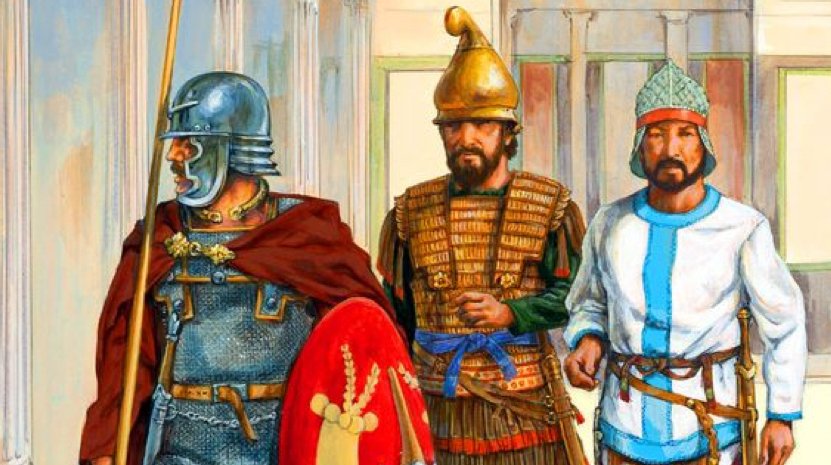Judean Forces
To understand what the New Testament tells us about the military, we have to understand the context within which it took shape. Being honest about the historical reality faced by our forebears will allow Christians to engage soldiers more effectively.
Four Branches
Imperial service could be fulfilled in one of four types of units, all of which were structured around cohorts; the cohortes urbanae, vigilum, praetoriae, and legionum.
In other words, police officers, firefighters, and Secret Service agents were all called milites, soldiers, the same used for members of the Roman army. The urban cohorts were made up of Italian-born citizens who fought crime within the city limits. The “watchmen” cohorts were similar, but patrolled at night with buckets to guard against the threat of fire. The praetors had once provided security for most Senators under the Republic but became the emperors’ personal security detachment.
Three Levels
Within the cohortes legionum, there were three levels within its military; legionarii, auxilia, and numeri.
Legionarii
Birthright citizens were expected to serve in the legions, but outright conscription varied during the Roman Empire. Legionarii were the best equipped and well treated of Rome’s forces and were further incentivized by frequent bonuses. A legion’s presence could be both a blessing and a curse for locals; they could boost economies but also bring unwanted imperial attention. As legionaries were prohibited from marrying, they often introduced vice economies that could offend local sensibilities.
Auxilia
Non-citizens were recruited from local populations with promises of economic and social advancement. During their service, auxilia would receive a stable income, food, clothing, shelter, and medical attention. At the end of their active service, they and their families would be awarded citizenship and resettled in Roman colonies, where they were expected to train incoming recruits before their service obligation fully expired. Soldiers had to be fluent in Greek to interact in the Roman system but to advance, auxiliary soldiers would have to learn some Latin in order to communicate with Italian-born officers.
Numeri
At the bottom of Rome’s military structure were local forces of allied rulers that the emperor could call on as-needed, like a reserve component. These forces were so diverse in their structure and ethnic makeup that they were referred to simply as numeri, or numbers. They were Roman in name only, as their allegiance followed that of their local lord and most numeri had only minor comprehension of Greek, much less Latin.
First Century Judea
From 40 B.C.E. to 66 C.E., the Province of Judea contained a mix of Roman auxilia and Herodian numeri. The soldiers that Jesus and the apostles interacted with were not light-skinned Italians, but Syrian recruits rooted in local customs. The situation was not one of foreign occupation until after the Jewish Revolt when legionarii destroyed the Jerusalem Temple under the command of Titus and became a permanent fixture in Caesarea, where the Legio X Fretensis was garrisoned in 70 C.E.
Most of the New Testament took shape in a much more oppressive political environment than the one Jesus encountered during his earthly ministry. Mark and Matthew’s gospels, for example, reflect Jewish anti-imperialist sentiment following the failed revolt. Luke, on the other hand, reflects a more moderate gentile perspective, with less attachment to the theo-political significance of the Jerusalem Temple.


